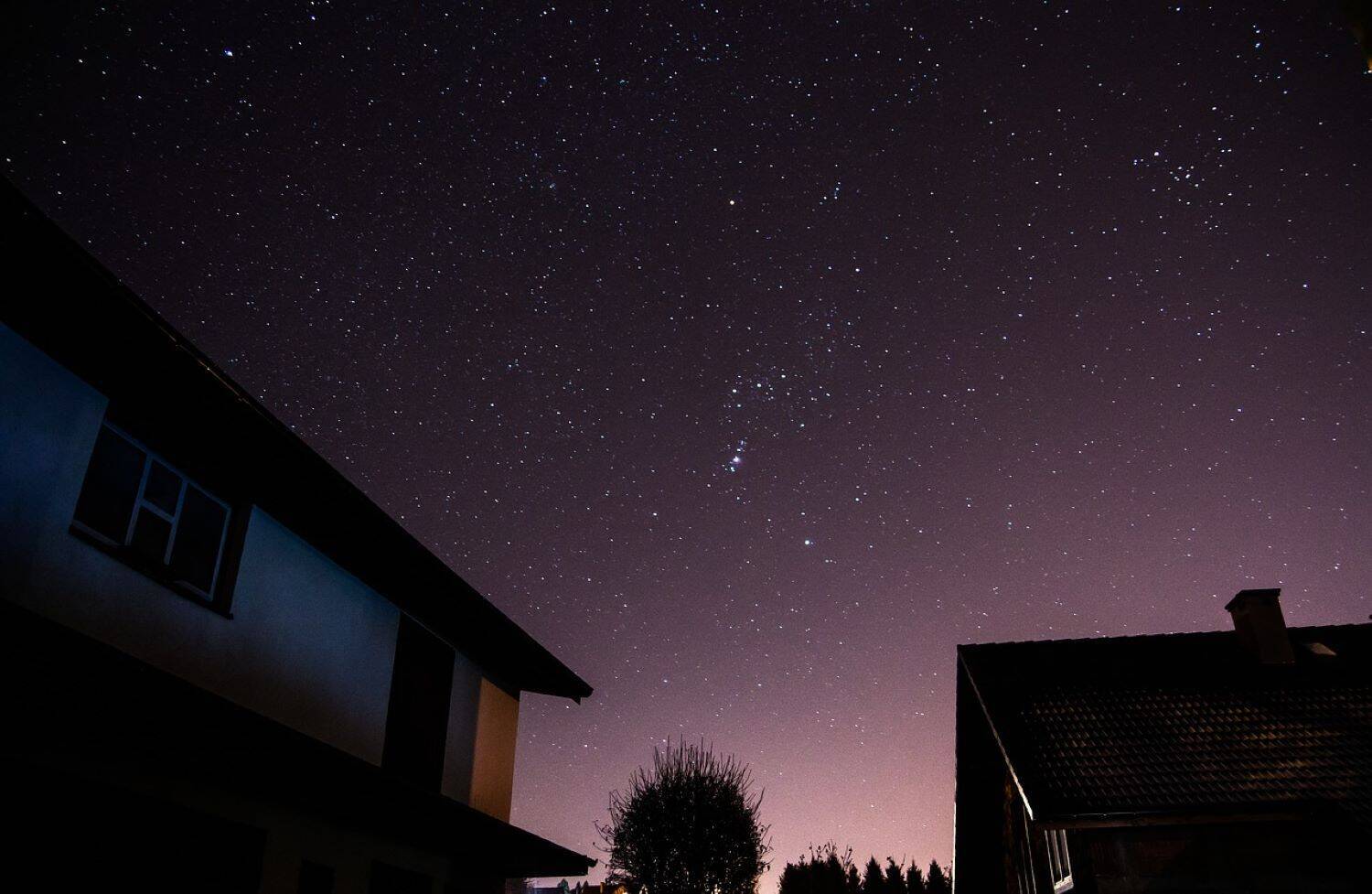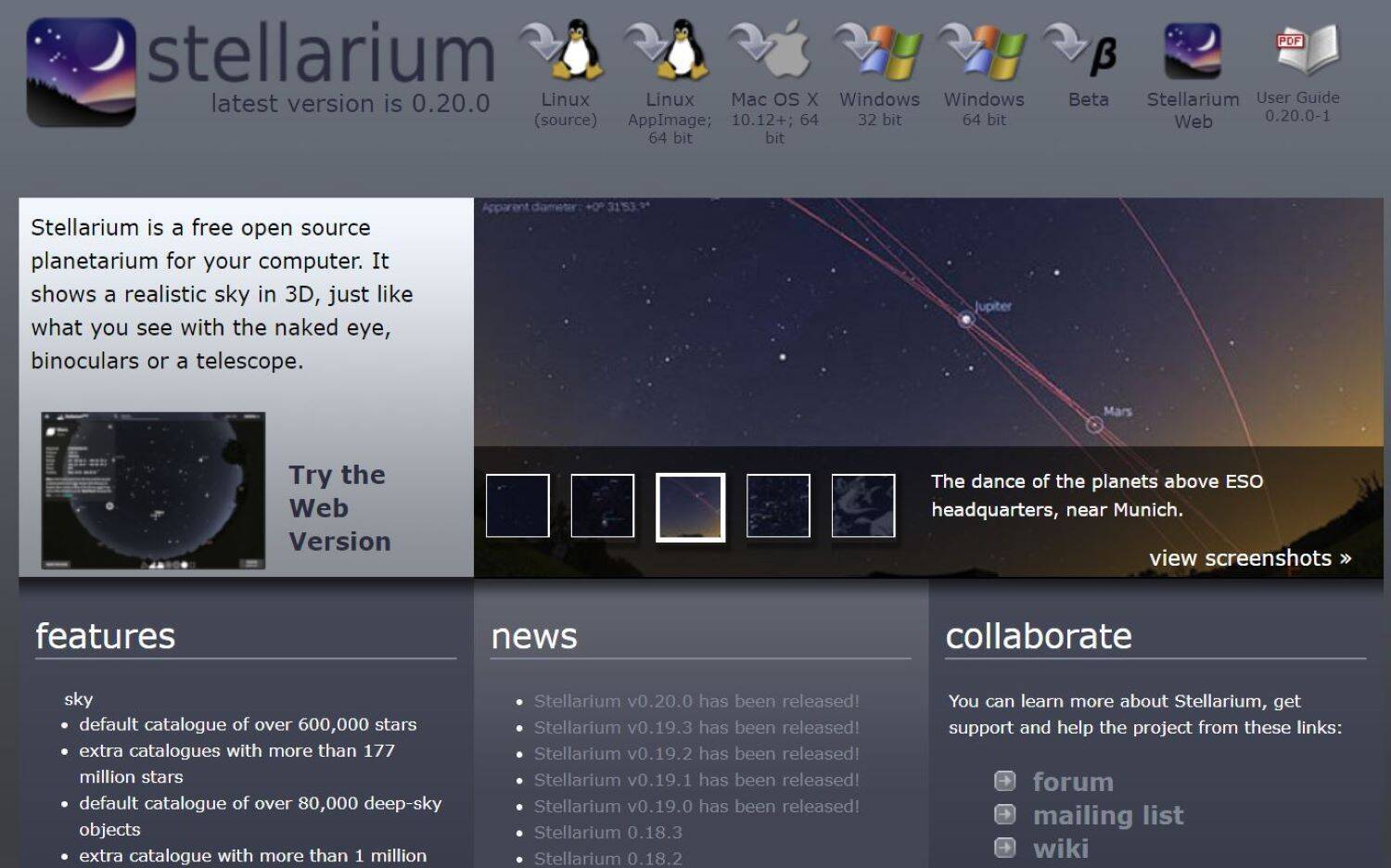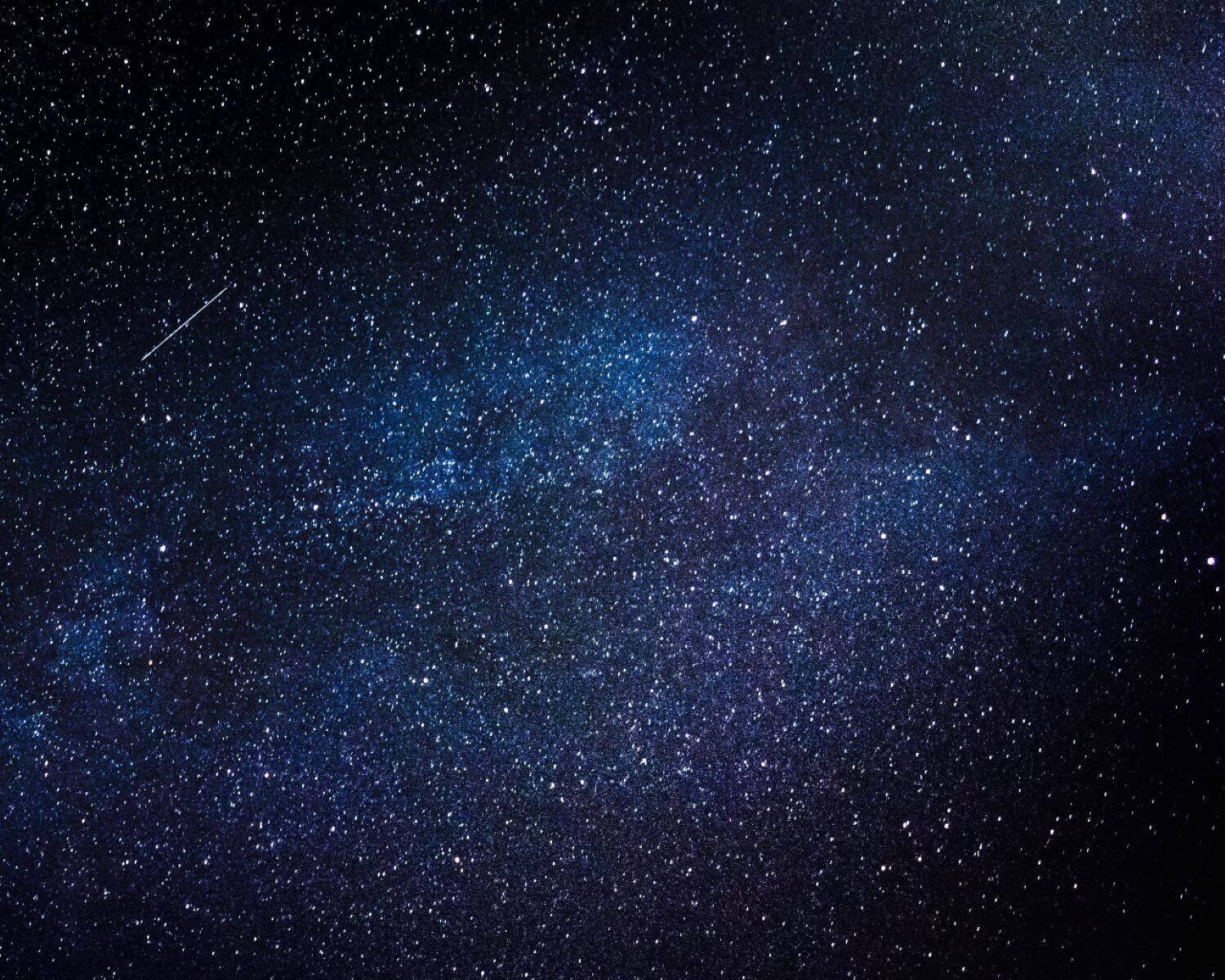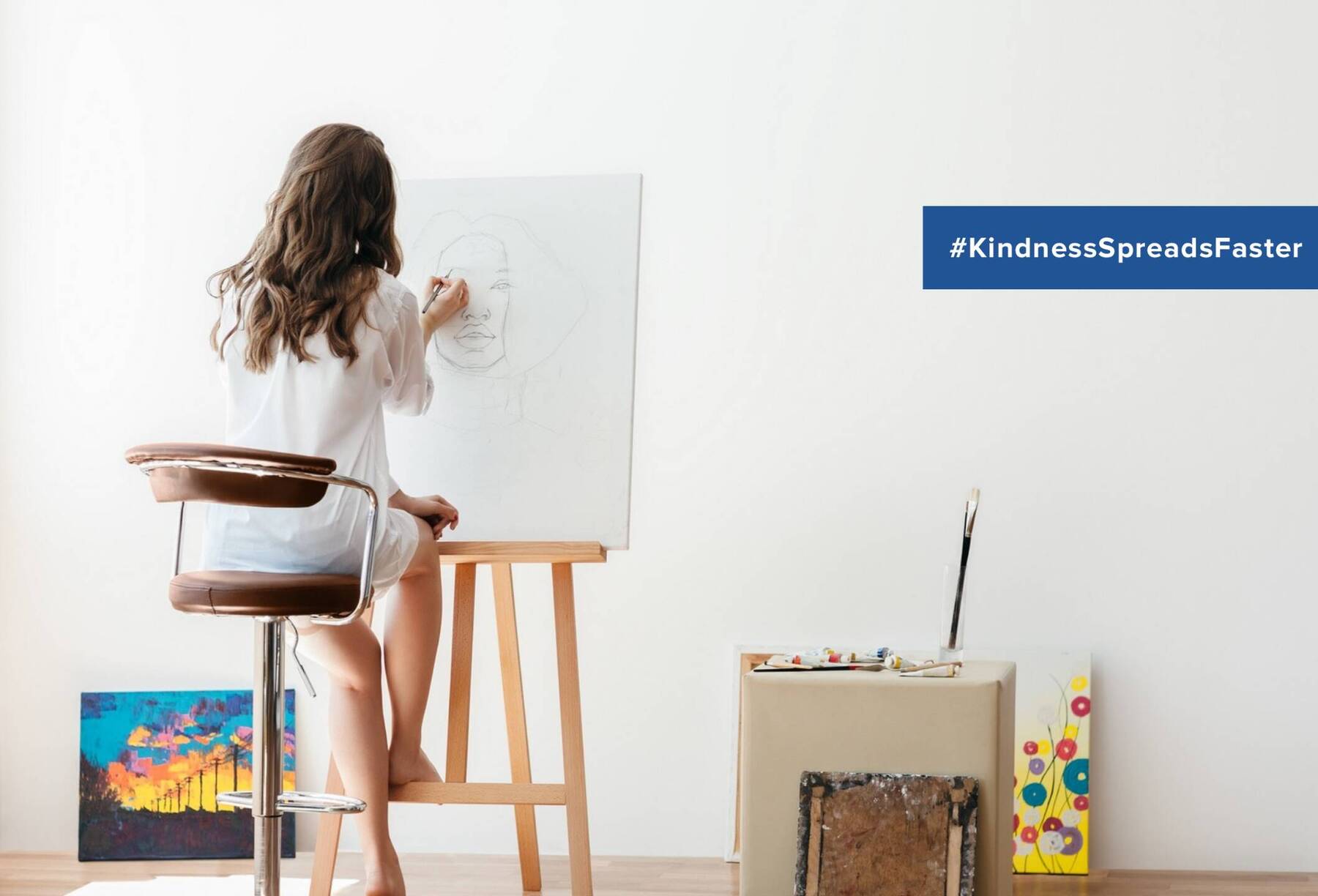How to Set Up Stargazing
Stargazing is best practised before the moon is full, so check the phase of the moon before you start. You should also stargaze on a clear night – ideally one that’s cold so that there’s a reduction of haze from pollution.
Whether you’re sitting out in the garden or peering out of a window, make sure you have a clear and unobstructed view without any buildings or trees in the way.
Switch off all your lights to reduce light pollution. For the best results, you could also ask your neighbours to turn theirs off too. Given the circumstances, be sure to ask by phoning or texting them – you are social distancing after all. You never know, in times like these it may be an activity you can enjoy together, at a safe distance, of course.
Now all you need to do is wait. It might be difficult to focus at first, but after 30 seconds your eyes will mostly be adjusted to the dark. Between 25 minutes to half an hour, you’ll be able to observe the stars a whole lot better.
You’ll soon notice that some of the stars differ in colours. Some will have a reddish tint, while others may appear bluer.














Comments